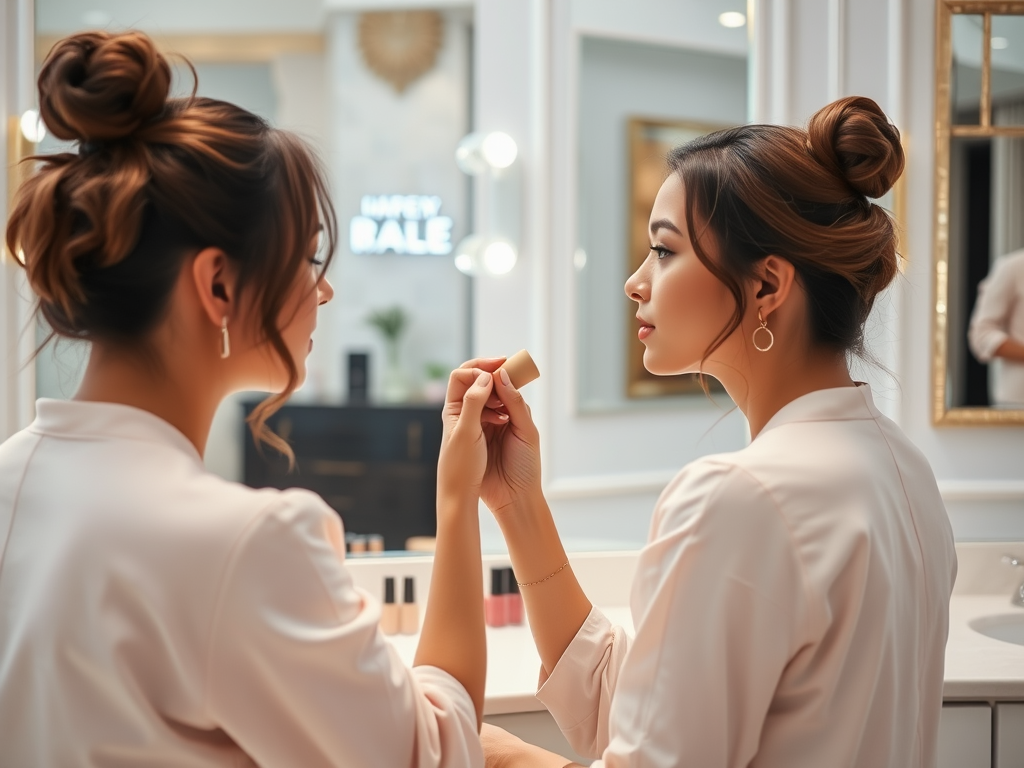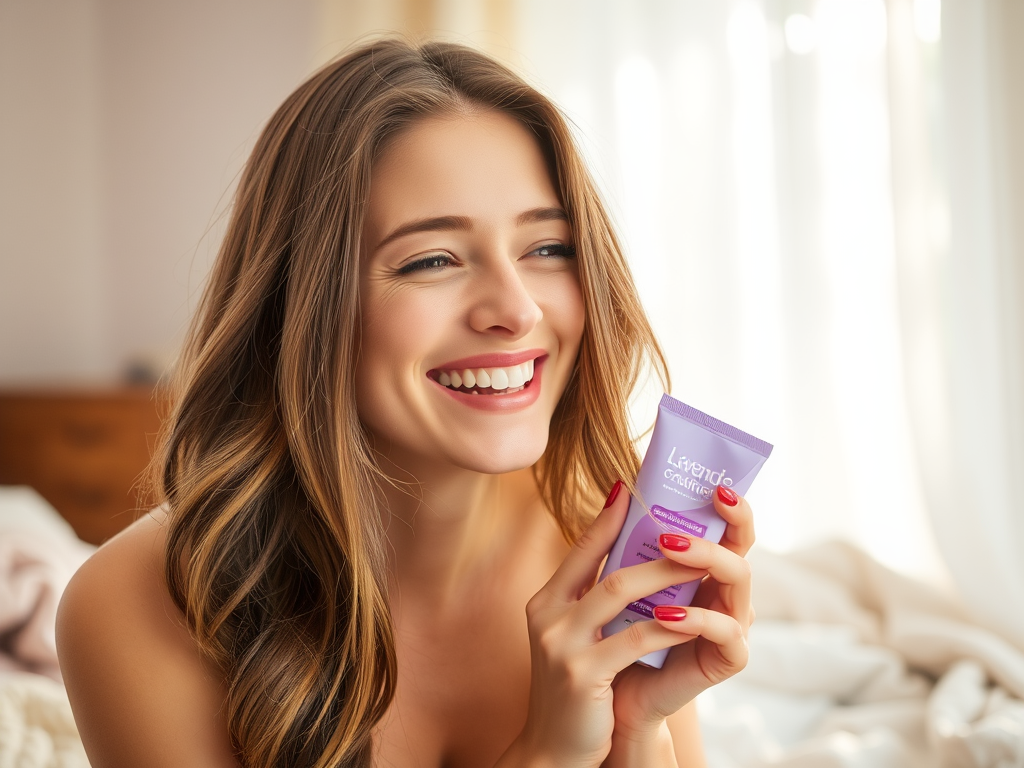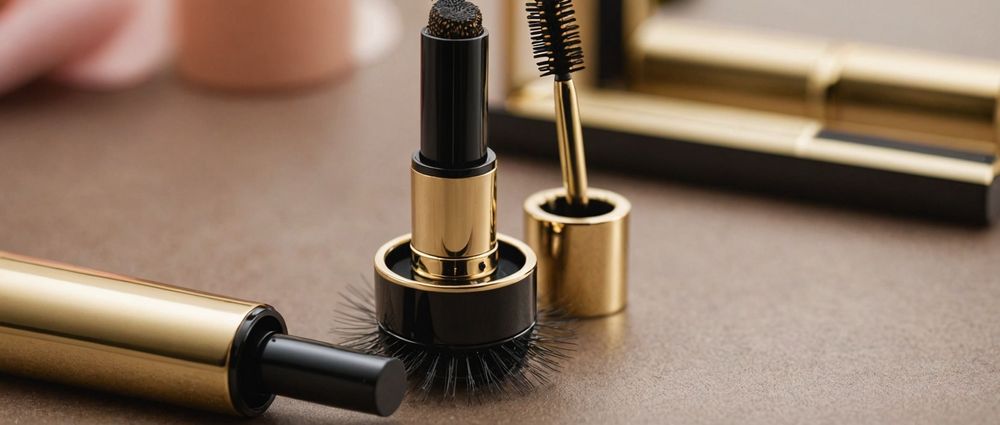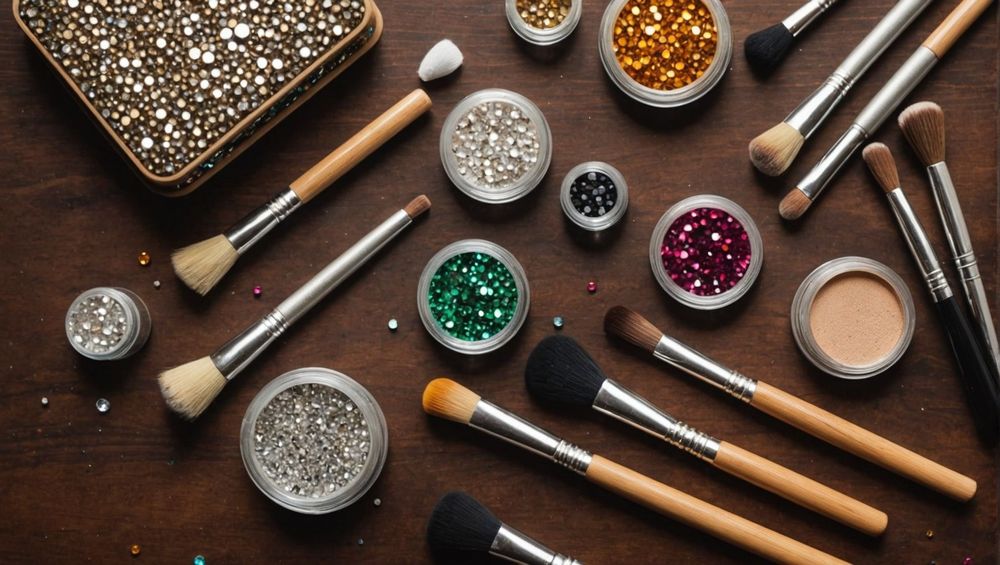Every makeup lover knows that the magic lies not just in the products, but in the process of applying them. Achieving a flawless look is about striking a perfect balance while following a logical sequence of steps. When makeup is applied in the correct order, each product enhances and complements the others rather than clashing or fading away. If you’re looking for the secret to a polished, long-lasting makeup appearance, look no further. This comprehensive guide will walk you through the essential steps to master your makeup application. Let’s dive into the order that’ll transform your beauty routine into a delightful ritual.
Begin with a canvas that is clean and well-prepared. Skincare forms the foundation of any makeup routine, as how your skin looks significantly impacts the final result. Prioritize cleansing, toning, and moisturizing to ensure your skin is in top shape before adding any color. The usage of quality skincare products appropriate for your skin type can make all the difference, leading to smoother application and a radiant glow. Always remember, achieving that flawless finish is not just about makeup; it starts long before you even pick up a cosmetics brush.
Step 1: Start with Skincare

Taking care of your skin is the first and most crucial step in any makeup process. A well-moisturized face not only provides smoother application but also helps in achieving that coveted dewy look. Here are some essential skincare products to consider:
- Gentle Cleanser: Removes impurities without stripping moisture.
- Toner: Balances your skin’s pH levels and preps for better absorption of products.
- Moisturizer: Helps in hydrating the skin; choose according to your skin type.
- Sunscreen: Protects skin and prevents premature aging.
Step 2: Apply Primer

Primer sets the stage for your makeup, enhancing its longevity and ensuring a smooth application. Different types of primers cater to varying skin needs, from mattifying to hydrating. Understanding the role of each type allows you to select the perfect primer for your look.
| Type of Primer | Best For |
|---|---|
| Mattifying Primer | Oily or combination skin types |
| Hydrating Primer | Dry or dehydrated skin |
| Pore-Filling Primer | Minimizing the appearance of pores |
Step 3: Foundation
Choosing the right foundation is essential, as it serves as the base for all other products. The foundation should match not only your skin tone but also your skin type, providing a flawless foundation that blends seamlessly. Whether you choose a liquid, cream, or powder foundation, application techniques play a significant role. Opt for brushes, sponges, or fingers based on your preference for coverage and finish. Always start in the center of your face and blend outward for an even application.
Step 4: Concealer
Once your foundation is in place, it’s time to tackle any imperfections with concealer. This product is your secret weapon against blemishes, dark circles, and redness. Apply it only where needed, as overdoing it can lead to a cakey appearance. For under-eye circles, use a lightweight formula that brightens without settling into fine lines. Dabbing with your ring finger does wonders for a natural finish.
Step 5: Setting the Base
The next step is crucial: setting your base with powder or spray will lock in your hard work and minimize shine. Options vary between translucent powders for a weightless feel or colored powders for added coverage. For those leaning towards a dewy finish, setting sprays are a fantastic choice. These tiny steps can greatly extend the longevity of your makeup throughout the day.
Step 6: Bronzer, Blush, and Highlighter
Adding warmth and dimension to your face is easy with bronzer, blush, and highlighter. Bronzer can sculpt your face, giving the illusion of sun-kissed skin, while blush adds a healthy flush. When it comes to highlighter, a little goes a long way in making your skin glow. Apply them in that order, using a light touch and blending thoroughly to avoid harsh lines.
Step 7: Eye Makeup
The eyes are often considered the focal point of any makeup look, so take your time crafting them. Start with eyeshadow to define the lid, followed by eyeliner and mascara to frame the eyes perfectly. Choosing colors that enhance your eye color and complement your outfit is integral. Experiment with different looks — from subtle neutrals to bold colors — to express your personality.
When applying eye makeup, consider the following:
- Use a primer specifically designed for eyelids to prolong wear.
- Blend shades well to achieve a seamless transition.
- Keep brushes clean to avoid color mixing and surprise hues.
Step 8: Lips
Finish your look with the perfect lip color. Choose hues that either complement or contrast your overall makeup effect, creating a balanced aesthetic. Apply lip liner first to define the shape of your lips and prevent feathering. When adding lipstick, consider a brush for precision. A glossy finish can provide added flair, but matte formulas offer a chic twist, depending on your style of the day.
Conclusion
Mastering the order of makeup application is an art that can drastically influence your beauty routine. By following the steps outlined here, you can achieve a stunning, polished look. Remember to personalize every step to match your style and preferences. With practice, you’ll refine your technique and find what works best for you. Beauty lies in experimentation, so don’t hesitate to play around with different products and methods until you create your signature look.
Frequently Asked Questions
- What products should I use for oily skin? Use mattifying primers, lightweight foundations, and setting powders. Look for oil-free products.
- Can I skip primer? While you can skip it, using a primer can significantly enhance makeup longevity and finish.
- How can I make my makeup last all day? Use a setting spray and choose long-lasting formulas for each product.
- Is it necessary to use both bronzer and blush? Not necessarily, but they serve different purposes. Bronzer adds depth, while blush adds color to the cheeks.
- How often should I clean my makeup brushes? Clean your brushes at least once a week to maintain hygiene and product performance.



